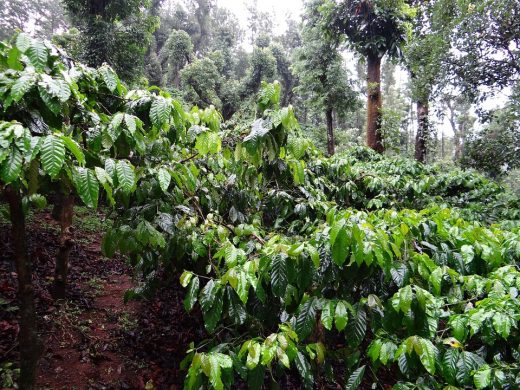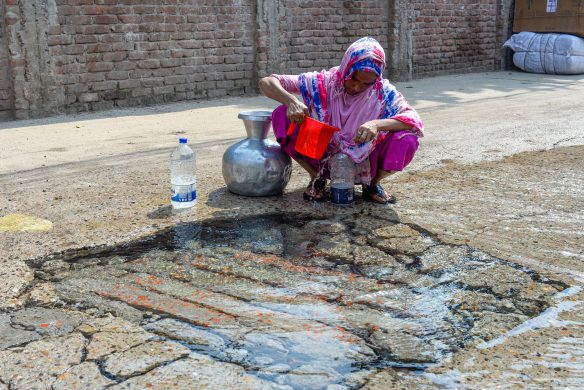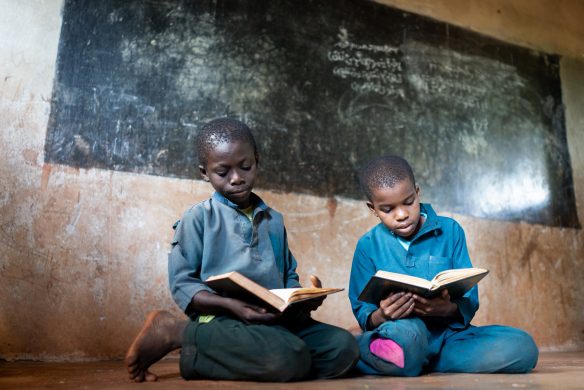Arlington, Va., September 11, 2017 (Conservation International): Rising average temperatures caused by climate change could reduce the suitability of lands for growing coffee in Latin America — the world's largest coffee-producing region — by as much as 88 percent by 2050.
However, even coffee growing areas that will remain suitable or expand in the future may still be in trouble because bees, which pollinate coffee, will likely also be impacted by climate change.
The findings are part of a new study published today in Proceedings of the National Academy of Sciences (PNAS), the first to look at the relationship between coffee, bees and climate change.
"The coupled effects of climate change on coffee and bees have not been examined in previous coffee-climate studies," said Dr. Lee Hannah, senior scientist at Conservation International and a co-author of the study.
"We hope the models we have created to make these projections can help to target appropriate management practices such as forest conservation and shade adjustment."
"If there are bees in the coffee plots, they are very efficient and very good at pollinating, so productivity increases and also berry weight," explained Pablo Imbach, a researcher at the International Center for Tropical Agriculture (CIAT) and the lead author of the study, to CI's blog, Human Nature.
"In the areas projected to lose coffee suitability, we wanted to know whether that loss could be offset by bees."
The scientists found that in some areas, the number and diversty of bees would increase, potentially offsetting the negative impacts of climate change on coffee. Overall, they found that both coffee suitability and bee populations will decline.
Near tropical forests
Today, 91 percent of the most suitable area for coffee growing in Latin America is within 1600 meters of a tropical forest – important habitats for native pollinators.
By 2050, this number will increase to 97 percent, meaning conservation of those habitats will be crucial for coffee growers.
The paper concludes with adaptation strategies that can improve coffee growth and bee pollination for Latin American coffee farmers through:
- Increasing bee habitats in locations of thriving coffee plants but where bee diversity is expected to decrease.
- Farm management that reduces the negative impacts of climate change on coffee production in locations of thriving bee populations but where suitability for coffee production will decrease.
- Forest conservation and landscape maintenance that includes shade trees, windbreaks, live fences, weed strips, and protection of native plants that provide food, nesting and other materials to support pollinators.















